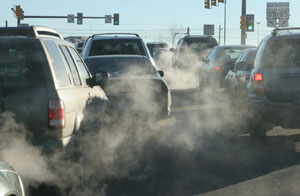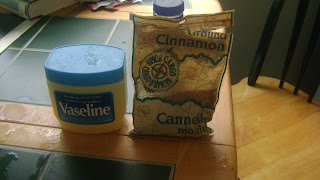In our society today, we rely too much on cars, on fast and
accessible motorized transportation. Cars have evolved into an addition, an
obsession. Walking and biking seems outdated and incompatible with our busy,
and increasingly expansive lives.
We wake up in the mornings, drive and curse through traffic
jams and careless drivers, sit and wait impatiently through drive-throughs, and
drive or be driven home without the fulfilment of engaging in essential
physical activity, breathing in invigorating fresh air, and reaping substantial
environmental and economic bonuses.
Some consistent drivers accuse busy schedules, or too
lengthy or treacherous of a distance to their destination. Weather, security,
or even disinterest is also used as excuses. Excuses deemed worthy enough to
spend a colossal amount of time and money on fuel, insurance, and vehicle maintenance.
Statistics aside, simply through observation it appears
fewer people walk or bike to their destination. The reality is our global
demand for more and more cheap and abundant fuel is severely lacking behind
world production. That is why gas prices are so ridiculously high. Our reliance
on automobiles furthermore ensues other problematic issues plaguing our
society: from air-pollution and greenhouse gas emissions to inactivity and
obesity. Traffic congestion can be extremely frustrating, but not only that,
according to Canadian Geographic, gridlock is leading to reduced economic
output and accompanying job loss.
In contrast, the benefits of walking and biking are immense.
The environmental and economic benefits are obvious. You emit zero greenhouse
gases and simultaneously save a vast amount of cash. But more than that,
walking and biking bring about emotional and social profit. There is greater
social interaction amongst neighbours, and increased opportunities to observe,
experience, and enjoy the scenery and environment. Walking and biking are
convenient, versatile forms of fitness training that is relatively cheap, and
can be adapted to suit the health and fitness of the participant.
More now than ever, greener alternatives for how we get to
and from places, are necessary according to grim statistical and observational
evidence of a lazier, less fit, more anxious, and environmentally unsound
society. It is important that our generation, the future and, perhaps, new
drivers, will prioritize when, how, where, and why we drive.
Did You Know:
- Transportation is the leading cause and fastest growing source of greenhouse gas emissions. The average car emits 4 tons of pollutants annually. Over the next 25 years, fossil fuel consumption is expected to rise by 40 percent.
- The average cost to keep a car on the road in 2011 was $11,000.
- Individual Canadians, in their daily living, contribute about 25% of the national total CO2 emissions - about 5 tonnes per person per year.
- A Health Canada study found a strong association between premature mortality due to respiratory disease and airborne particulates.
- Thirty minutes of walking or biking per day cuts the risk of heart disease by up to half, and reduces the risk of some cancers, diabetes, obesity, and osteoporosis.
- If walking or biking is not an option you can share the drive- use public transportation, or carpool. More than 12 million Canadians use transit, which helps alleviate traffic congestion and improves air quality. Taking the bus instead of your car reduces greenhouse gas emissions by almost 2/3.

















